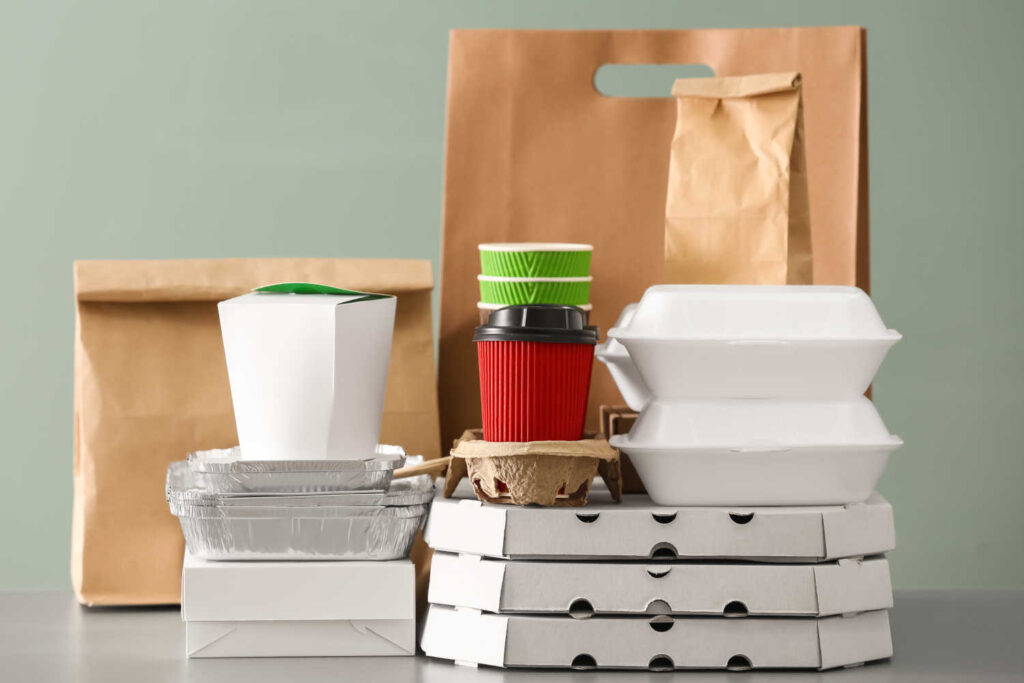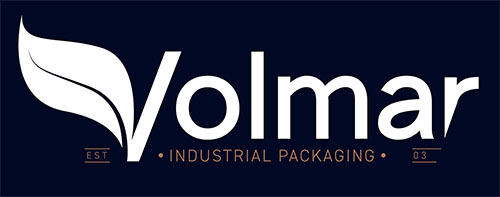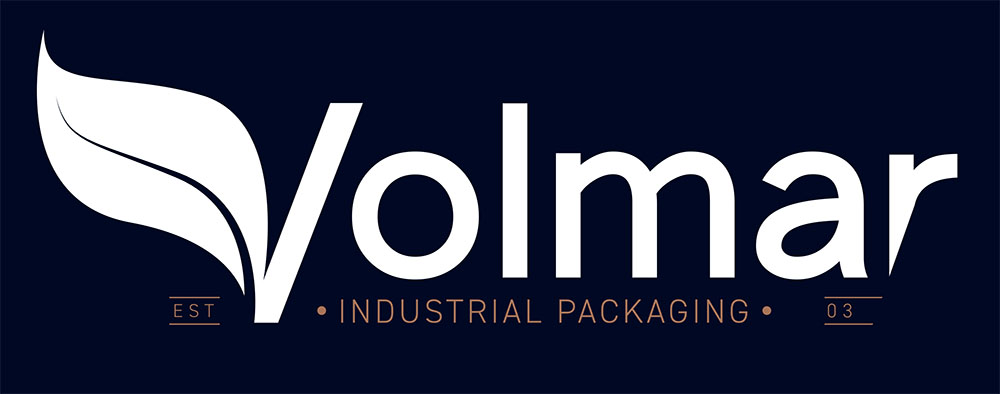
Food packaging includes a series of specific solutions for the packaging of fresh and wrapped food. The packaging must meet specific requirements to ensure adequate hygiene and safety standards and to preserve the contents.
Food packaging: what it is
Food packaging includes all materials used to wrap foods. It is not just about the food packaging itself but also the processes that wrap, preserve and present food products, including the design needs involved in marketing the product.
There are three types of food packaging:
- Primary
- Secondary
- Tertiary
Primary packaging comes into direct contact with the food and is essentially designed to protect it. It is required for the product to be sold and it is the packaging that reaches the consumer. Secondary packaging may be required in certain circumstances to add extra protection for the contents or due to requirements linked to distribution or sale; however, it can be removed without affecting the contents.
Tertiary packaging relates to the transport phase and is the outermost packaging that is designed to protect the product during shipping by the manufacturer to the seller. This type of packaging simplifies goods handling, preventing damage from occurring during transport and containing various units of products inside.
What are the functions of food packaging?
Food packaging must perform various functions. Firstly, food packaging must keep the product fresh, stopping it from being affected by the external environment. As such, food packaging plays an essential role in protecting and preserving the contents from external agents, like temperature changes, contamination, humidity and sunlight.
One of the purposes of food packaging is therefore the optimal preservation of the products, protecting the contents during production, transport and sale. The packaging must also preserve the food’s organoleptic properties, to maintain the quality, flavor and aroma.
Food packaging must also be able to protect against a series of issues like impact, crushing and accidental dropping, which could happen during distribution, storage or after the consumer has purchased the product. Food packaging must also allow for a certain degree of customization to the artwork on the package so manufacturers can present their products on the market in an appealing and appropriate way.
Food packaging requirements
When it comes to food packaging, it is important to consider the requirements of food packaging. Food packaging must comply with specific rules established by Italian and European laws, according to the type of food being packaged and the packaging process.
Of course, it is crucial to use non-toxic materials that will not contaminate the food or release substances that are harmful to people’s health. At the same time, packaging must minimize the deterioration of the contents, even when the food is in extreme conditions, to comply with the stipulations of the relevant regulations.
Depending on the type of product, food packaging can be made from different materials and composites:
- Glass
- Paper
- Cardboard
- Metal
- Plastic materials
There is also eco-friendly packaging, which is an alternative to traditional materials as it ensures the same standards of health and hygiene but also a lower environmental impact. Examples include biodegradable and compostable packaging, which facilitates the disposal and recycling of food packaging.
How does packaging help to preserve foods?
In many cases, food packaging must preserve the product perfectly, ensuring the food’s organic properties remain unaltered for a certain period of time. To do this, specific materials are used depending on the type of food and the production processes, with solutions dedicated to fresh products, for example, and those produced in a modified atmosphere.
For example, cheese packaging uses containers that preserve the organoleptic properties of the cheese, protecting the dairy products from the action of external agents. In this case, containers like vacuum-sealed bags are used – which are very popular for modified atmosphere packaging (MAP) – or thermoformed laminated paper with a high barrier.
For milk packaging, on the other hand, it is possible to use state-of-the art packaging like the bag in box, an optimal solution for preserving and handling liquid and semi-liquid products. Food packaging plays an essential role in the food industry as it protects and enhances foods and ensures the sustainability of the entire production and sale of food products.

